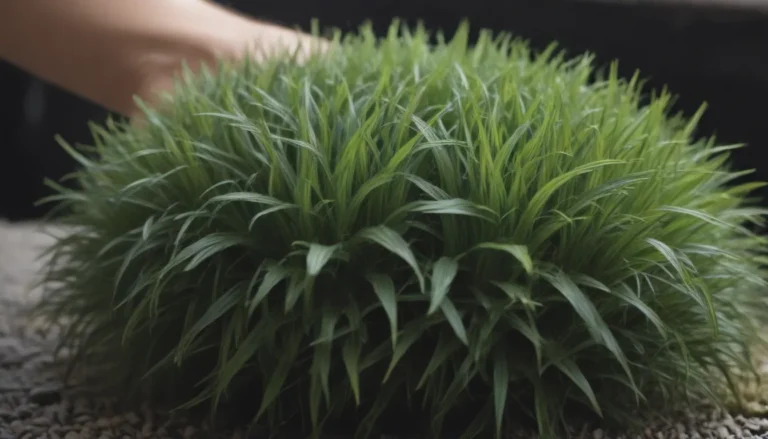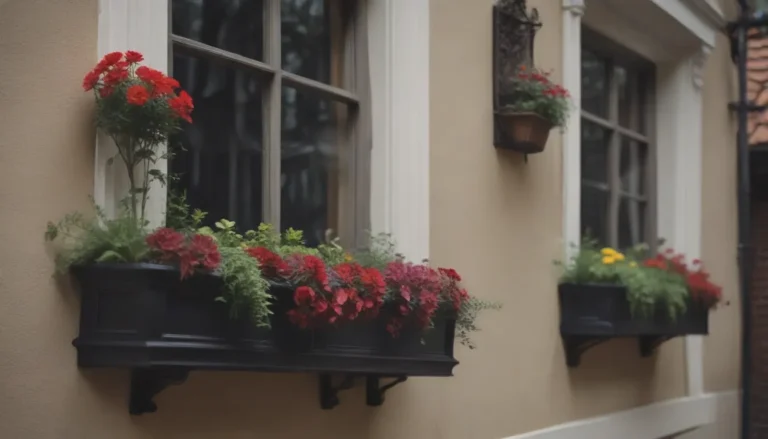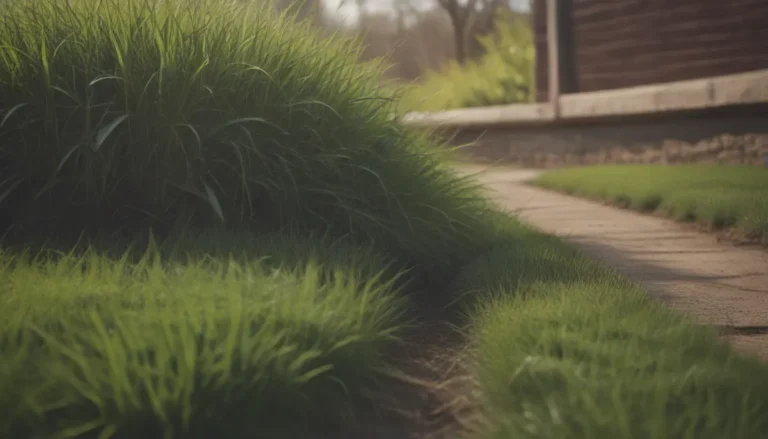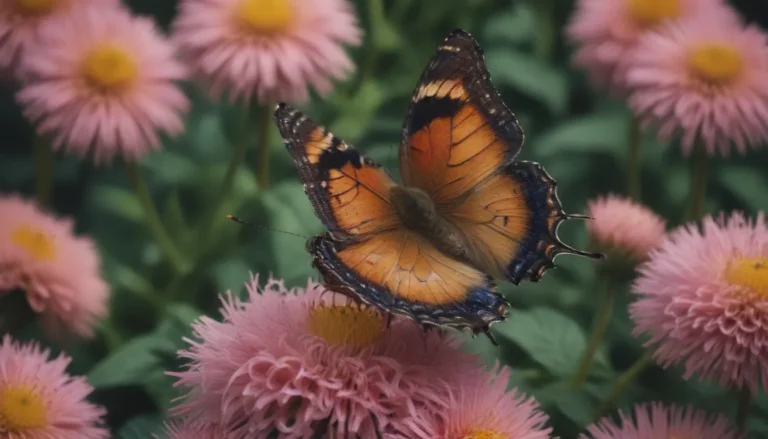Avoiding Plant Overwatering: Signs, Rescue Strategies, and Prevention
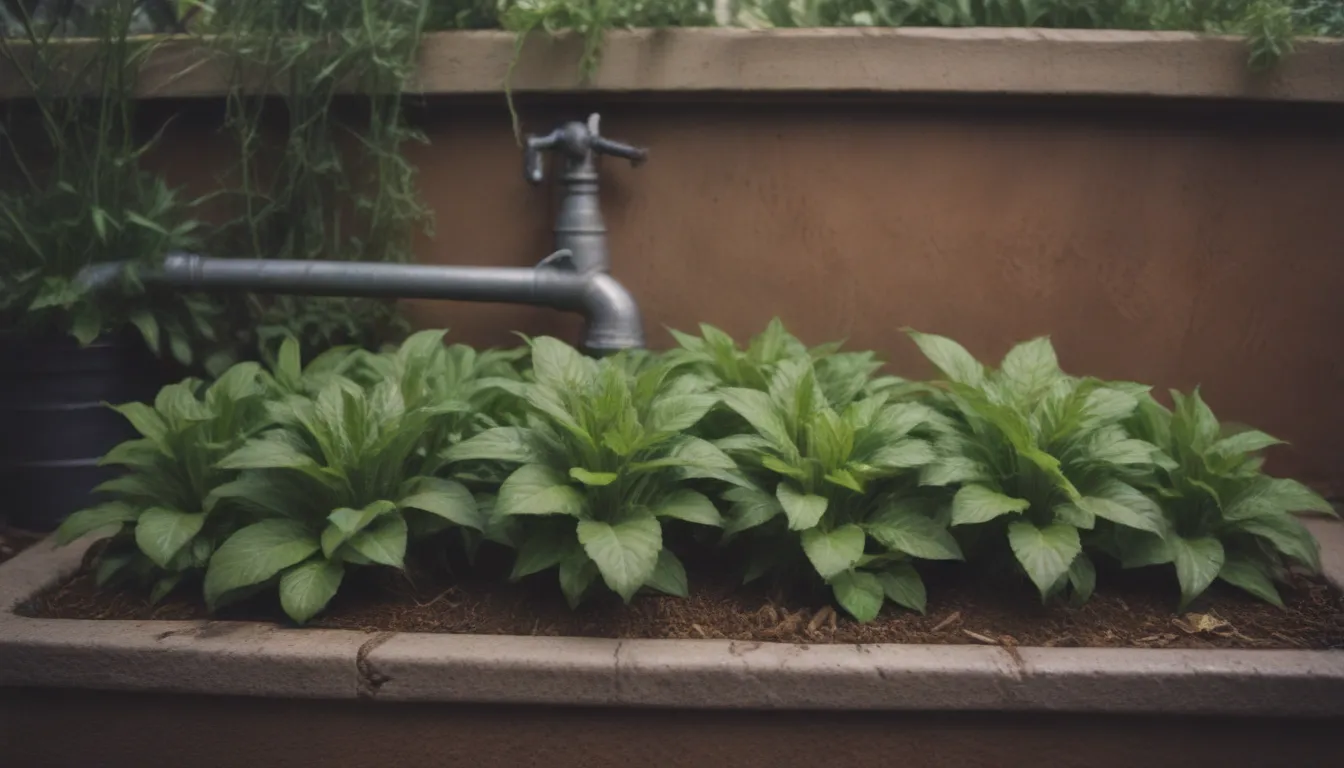
Welcome to our in-depth guide on avoiding the common mistake of overwatering your plants. As plant parents, we all want our leafy friends to thrive, but sometimes our good intentions can lead to unintentional harm. In this article, we’ll explore the signs that indicate you might be overwatering your plants, how to rescue them if you’ve gone overboard with the watering can, and strategies to prevent overwatering in the future.
Signs You Might Be Overwatering Your Plants
When it comes to overwatering, prevention is key. Here are five common signs that your plants may be suffering from too much water:
-
Wilting or Yellowing Leaves: Yellowing leaves, especially multiple ones, can indicate overwatering. Limp, droopy leaves that turn yellow and fall off are a sign of suffocated and rotted roots due to overly wet soil.
-
Leaves Falling Off: Sudden leaf drop can signal overwatering, as wet soil can damage roots. Consider the soil moisture and your watering habits to determine if overwatering is the culprit.
-
Moldy Soil: Moldy soil or the presence of mushrooms can indicate overly wet conditions caused by excessive watering. While not always harmful, it’s a sign to reassess your watering routine.
-
Fungus Gnats: These tiny pests thrive in overly moist soil and can indicate conditions ripe for root damage. Keep an eye out for these pests as they can impact the health of your plants.
-
Root Rot: Soggy soil can lead to root rot, which presents as yellow or drooping leaves, mushy stems, and black, soft roots. Check your plant’s roots for signs of rot and take action promptly.
It’s important to note that these signs may not always be solely due to overwatering, so it’s essential to assess your plant’s overall care routine before making changes.
How to Rescue Your Plant If You’ve Overwatered It
If you suspect that you’ve been overzealous with the watering can, don’t fret. Here’s how you can rescue your plant:
-
Stop Watering: Cease watering immediately to prevent further damage.
-
Check Drainage: Ensure your plant’s container allows for proper drainage. Consider repotting in fresh soil if needed.
-
Wait for Soil to Dry: Allow the soil to dry out completely before watering again.
For plants that are more susceptible to overwatering, such as succulents and cacti, using a terracotta pot can help wick away excess moisture. Remember, patience is key when rescuing an overwatered plant.
How to Prevent Overwatering Your Plants
Prevention is always better than cure when it comes to plant care. Here are some tips to help you avoid overwatering your leafy companions:
-
Know Your Plant: Understand the specific watering needs of each of your plants. Research their requirements regarding light, temperature, pot material, and soil type.
-
Adjust Watering Schedule: Base your watering frequency on the moisture levels of the soil, rather than following a strict schedule.
-
Regular Soil Checks: Take the time to regularly check the soil moisture of your plants. Stick your finger into the soil to gauge when watering is necessary.
-
Proper Drainage: Ensure that your plant containers have adequate drainage to prevent waterlogging.
-
Terracotta Pots: Consider using terracotta pots for plants that are prone to overwatering, as they can help regulate moisture levels.
By following these preventative measures and being attentive to your plants’ needs, you can avoid the pitfalls of overwatering and ensure the health and vitality of your indoor garden.
In conclusion, being a responsible plant parent involves understanding the individual needs of each plant in your care. By recognizing the signs of overwatering, knowing how to rescue a plant in distress, and implementing preventative measures, you can help your leafy companions thrive. Remember, a little knowledge and a lot of love go a long way in nurturing a happy and healthy indoor garden.
References:
